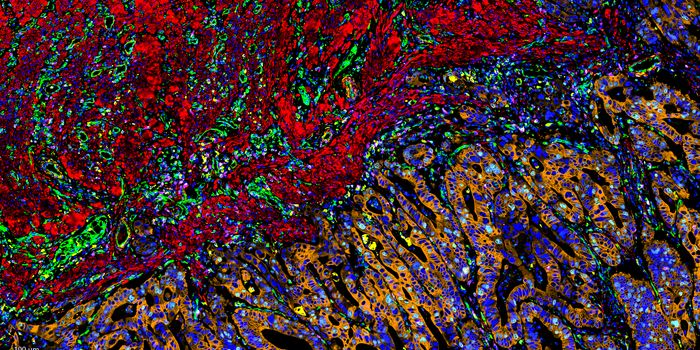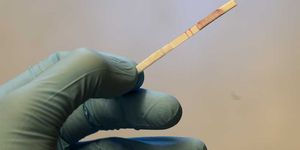Immune Cells Do It All: Fight Infection and Regenerate Nerves
Neutrophils are a type of immune cell, among the first to arrive when the body’s sentinels raise the alarm of a pathogenic invasion. As if this role wasn’t enough, a recent study revealed that these fighter cells also play a part in helping nerves damaged from neurodegenerative disease heal, highlighting a potential target for new drugs.
From Case Western Reserve University, scientists studying macrophages, another type of immune cell that kill pathogens in the same way as neutrophils, realized that macrophages weren’t the only cell capable of clearing debris in the nervous system. Neutrophils and macrophages both act through a process called phagocytosis, where a cell can engulf and destroy pathogens, or, in the case of the nervous system, debris that gets in the way of nerve cell repair.
In their previous studies of macrophages, scientists used mice genetically altered to lack a macrophage surface receptor called CCR2, which brings macrophages to the site of injury.
"We expected that the clearance would be dramatically inhibited without the receptor,” explained the study’s senior author, Richard Zigmond. “To our amazement, the clearance was unchanged from that in normal mice.”
So if macrophages weren’t clearing the debris? “Who” was? Neutrophils. However, before they came to this conclusion, Zigmond and his team sifted through a long list of “cellular candidates.”
"Though it turns out that several different cells pick up the slack in the absence of macrophages, it was the neutrophil that emerged as a major contributor to debris removal,” Zigmond explained.
Once Zigmond and his team realized that not only do neutrophils help with healing nerves, but the damaged nerves actually release a series of “molecular lures” to recruit neutrophils. Two chemoattractant molecules, Cxcl1 and Cxcl2, work similarly to the macrophage surface receptor CCR2. Once neutrophils reach the damaged nerves, they clear out cellular debris, making room damaged nerves to heal themselves. This clearing out process is necessary for successful nerve regeneration.
While observing mice with damaged sciatic nerves, researchers saw that the nerves produced “hundreds of times the normal amount” of Cxcl1 and Cxcl2 as a result. And when the neutrophil supply was depleted, regardless of a mouse’s macrophage status, nerve cell regeneration suffered.
The study’s interesting findings - neutrophils have not usually been associated with nerve damage - offer a unique opportunity for potential new drugs to improve nerve cell repair as a result of neurodegenerative diseases. With immunostimulant molecules designed specifically to expand the neutrophil population, treatment options for these patients could change drastically.
The present study was published in the Journal of Neuroscience.
Sources: PubMed Health, Case Western Reserve University









